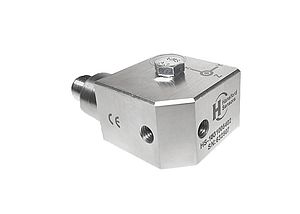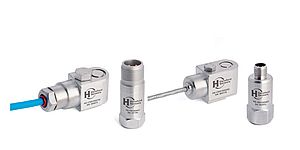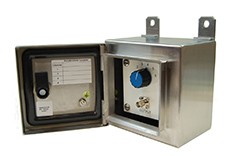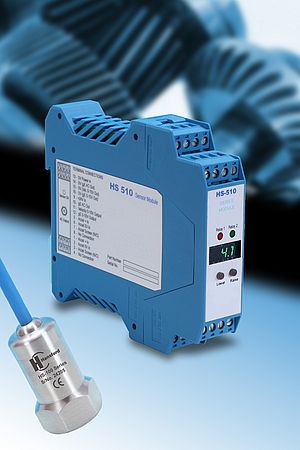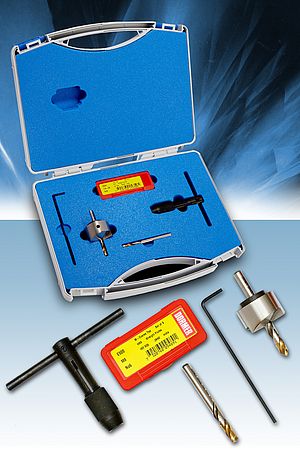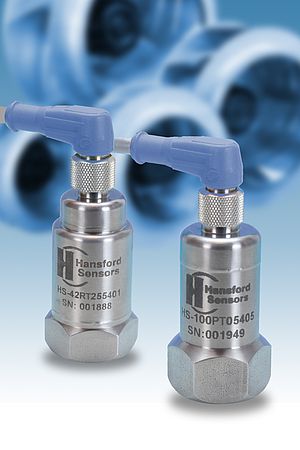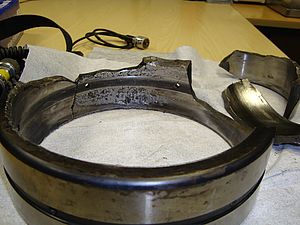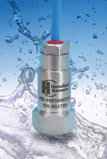IEN: Your company is rather young. Could you please tell us something about its short history?
Hansford: Hansford Sensors started in November 2006, its aim to be recognized as an International Centre of excellence in Vibration Monitoring. Although a relatively new company, my staff and I have between us, over 100 years experience and knowledge of the design and manufacture of industrial vibration sensors.
IEN: How do you distribute your products on an international level?
Hansford: We deal with a wide variety of organizations ranging from internationally-renowned Systems Integrators, Distributors, Agents, individual Vibration Consulting Companies and OEMs. We have also recently set up Hansford Sensors in Krakow, Poland so we can provide a better service to countries in Eastern Europe. Our core philosophy is to work closely with all of our customers to provide cost-effective reliable products, which fully meet their needs. What we have found works particularly well for us in the UK market in promoting the sale of sensors is the cooperation we have built up with the System Integrators and Vibration Consultants. Now we are successfully repeating this pattern on other continents and this has lead to a significant increase in business. Our flexible approach to manufacture enabling us to supply urgent products very speedily, our ability to badge product with individual company logos and part numbers and to provide specifi c packaging requirements has helped us very much with our success in this area.
IEN: Due to the increasing demands in operational availability, condition monitoring has become more and more important. Which industries do you serve primarily?
Hansford: Because vibration/condition monitoring is a technique that can be applied to assess the health of any rotating equipment it can be used across all industry sectors. Traditionally our core strength has been in the Paper and Power Industries, but with the increasing requirement for factories to operate 24/7 and reduce costs, our products are now widely used in all industrial sectors including Wind Power, Process, Water and Waste, Mining and Petrochemical, Marine, Automotive, Building Services and Pharmaceutical.
IEN: How many of the sensors you sell are custom products, how many come actually out of your existing portfolio?
Hansford: The large proportion of the sensors that we produce comes out of our existing portfolio. However, through working closely with our customers there are many occasions where we make minor modifications to our standard products e.g. filter settings, mounting thread to fulfill their exact requirements. A large volume of our sensors are badged for O.E.M customers. We also have the experience and capacity to design be-spoke vibration sensors, which accounts for approximately 12% of the sensors we produce.
IEN: Getting the data from the machines using Hansford Sensors’ sensors is one thing, interpreting them in order to take action if required is another. Which hardware do you offer to you customers in that field?
Hansford: There are two main categories of vibration sensors that can be used to provide data for analysis; 4-20mA output sensors that are interfaced with PLC, SCADA, BMS or similar process monitoring systems, and AC output sensors for use with data collectors or more sophisticated on-line systems. Hansford Sensors is in an enviable position in as much as the entire product range of sensors is compatible with the types of equipment mentioned above. We manufacture a wide choice of Connection and Switch boxes capable of accepting anything from 2 to 150 vibration sensor inputs, and in a variety of finishes and configurations. The AC outputs can be read by connecting a Data Collector directly to the Switch Box, whereas the 4-20mA outputs can be re-transmitted to the PLC or similar system. We have recently launched our very own portable vibration meter, the HS-620 to enable vibration readings to be taken.
IEN: Do you offer predictive maintenance services as well?
Hansford: Hansford Sensors offer 24/7 technical support and advice to enable customers to implement cost-effective, predictive maintenance systems. This includes visits to site to assess customer requirements and the supply of complimentary products for trials. However we have made a conscious decision not to get involved with installation or data analysis as we prefer to concentrate on our own area of expertise, this being the design and manufacture of reliable, cost-effective vibration sensors. The other predictive maintenance services we prefer to leave to similar experts in these fields. With our considerable global experience in this industry we are often in the situation that we can recommend excellent companies for a whole range of related services.
IEN: Regarding products for predictive maintenance: Where do you still see potential for optimization?
Hansford: Technically vibration sensors have hardly changed for some time. There is however some development in the fi eld of wireless sensors, although this is still largely in the infancy stages with research ongoing. The most significant changes have been in the marketplace. With the cost of sensors reducing, largely due to economic pressures, and the increasing necessity for industry to operate more effectively and to constantly reduce production costs, vibration monitoring is being increasingly used on not only expensive critical plant, but on far smaller, less costly machinery e.g Air Handling Units in Building Services and escalators at airports and railway stations. It seems that vibration sensors will have an increasing active role in ensuring industry has machinery that works at its optimum level for the longest possible time and will provide advanced warning to plant engineers of potential problems to prevent machinery failure and damage. New applications will continue to be explored over the coming years.
IEN: Mr. Hansford, thank you very much for the interview.




